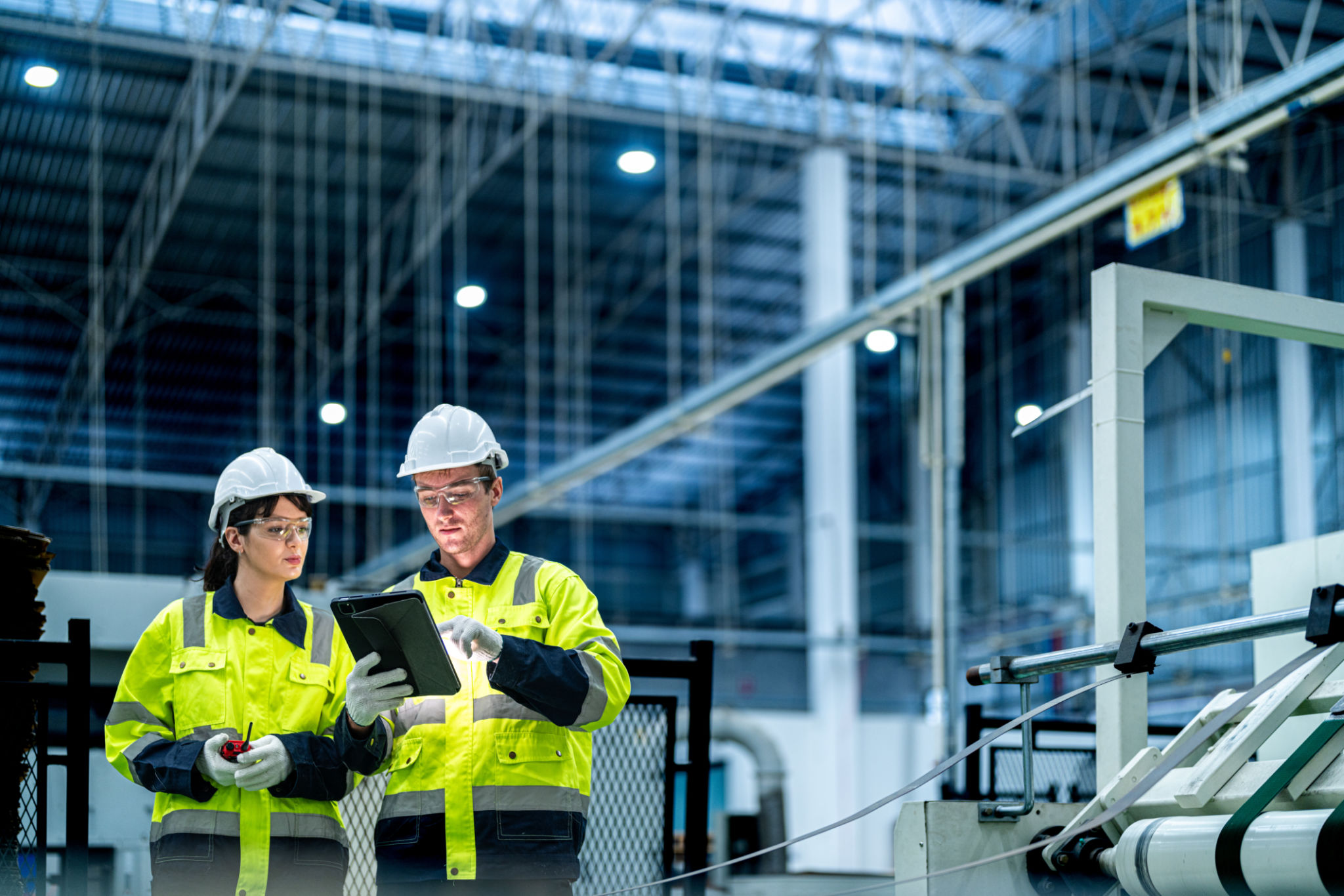Industry Trends: The Future of Metal Fabrication
Introduction to the Evolving Landscape
The metal fabrication industry has long been a cornerstone of manufacturing, pivotal in building the infrastructure that supports modern life. As technology continues to advance, the sector is experiencing transformative changes that promise to shape its future profoundly. From automation to sustainable practices, the future of metal fabrication is both exciting and challenging.

Automation and Robotics
One of the most significant trends in metal fabrication is the increasing use of automation and robotics. These technologies are revolutionizing production lines, allowing for faster, more precise, and cost-effective manufacturing processes. Robotic arms and automated machinery are now commonplace in factories, handling tasks that were once performed manually.
The integration of artificial intelligence with robotics is further enhancing capabilities, enabling machines to learn and adapt to new processes. This shift not only improves efficiency but also reduces human error, leading to higher quality products and safer work environments.
Impact on Workforce
While automation offers many benefits, it also brings challenges, particularly concerning the workforce. As machines take over repetitive tasks, there is a growing need for skilled labor capable of managing and maintaining these advanced systems. This transition is encouraging companies to invest in training programs to upskill their employees.

Advancements in Materials
The development of new materials is another trend shaping the future of metal fabrication. Advanced alloys and composites are being engineered to meet the demands of more complex applications. These materials offer superior strength, durability, and resistance to environmental factors, making them ideal for use in industries such as aerospace, automotive, and construction.
Moreover, 3D printing technology is enabling the use of innovative metal powders, allowing for the creation of intricate designs previously thought impossible. This capability is expanding the possibilities for customization and rapid prototyping.
Sustainability and Eco-Friendly Practices
As environmental concerns grow, the metal fabrication industry is increasingly focusing on sustainability. Companies are adopting eco-friendly practices to reduce waste, energy consumption, and emissions. Recycling metals and using more sustainable materials are becoming standard practices within the industry.

Digital Transformation
The digital transformation of metal fabrication is underway, with smart factories leveraging the Internet of Things (IoT) and data analytics. These technologies provide real-time insights into production processes, allowing for optimized operations and predictive maintenance. By harnessing data, manufacturers can make informed decisions that improve efficiency and reduce downtime.
Furthermore, digital platforms are facilitating better communication and coordination across the supply chain, ensuring that all stakeholders are aligned and informed. This connectivity enhances collaboration and drives innovation within the industry.
Conclusion
The future of metal fabrication is bright, marked by technological advancements and a commitment to sustainability. As the industry embraces these changes, it stands poised to meet the evolving needs of modern society. By staying ahead of trends and investing in innovation, metal fabricators can ensure their continued success in a dynamic market.